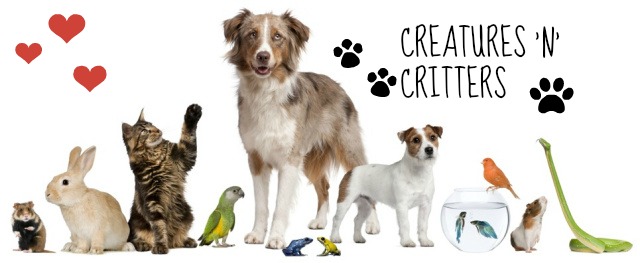 |
| Link |
Once I had my friend over and we were just about to go out the door when I spotted the most beautiful bird. It was tall, grey, with a long thick beak and white face. It was a white-faced heron, hunting for lizards in my garden. Today, we saw that it had visited us again. It was leaning over the pond, where our fish were lurking. We were worried that it would gobble them up. What were we to do? we wondered. Luckily, we didn't see the heron eat any fish. Except for a little black wriggly thing in its beak. Still, I would like to share with you the wonders of these amazing birds...
Habitat
Wetlands, shrub and shallow watery places.
Feeding
Small reptiles, fish, frogs, and others.
Breeding
White-faced heron breeding usually occurs in spring. The pair build the nest together, a shallow bowl of sticks. They make it on high leafy branches. Their breeding plumage consists of long plumes on the neck, back, and head. The females lay 3 to 5 light blue eggs in the nest, and normally one clutch is laid every year. After about 25 days, the eggs hatch and the mother and father guard the babies for 3 to 4 weeks and the chicks are ready to fledge after 40 days. The chicks are fed upon by owls, kookaburras, magpies and others.
Lifespan
About or over 70 years.
(If you want to learn more about white-faced herons and see some awesome pictures, click here!)

















